Rethinking radiators in interior design
Written by
16 April 2024
•
5 min read
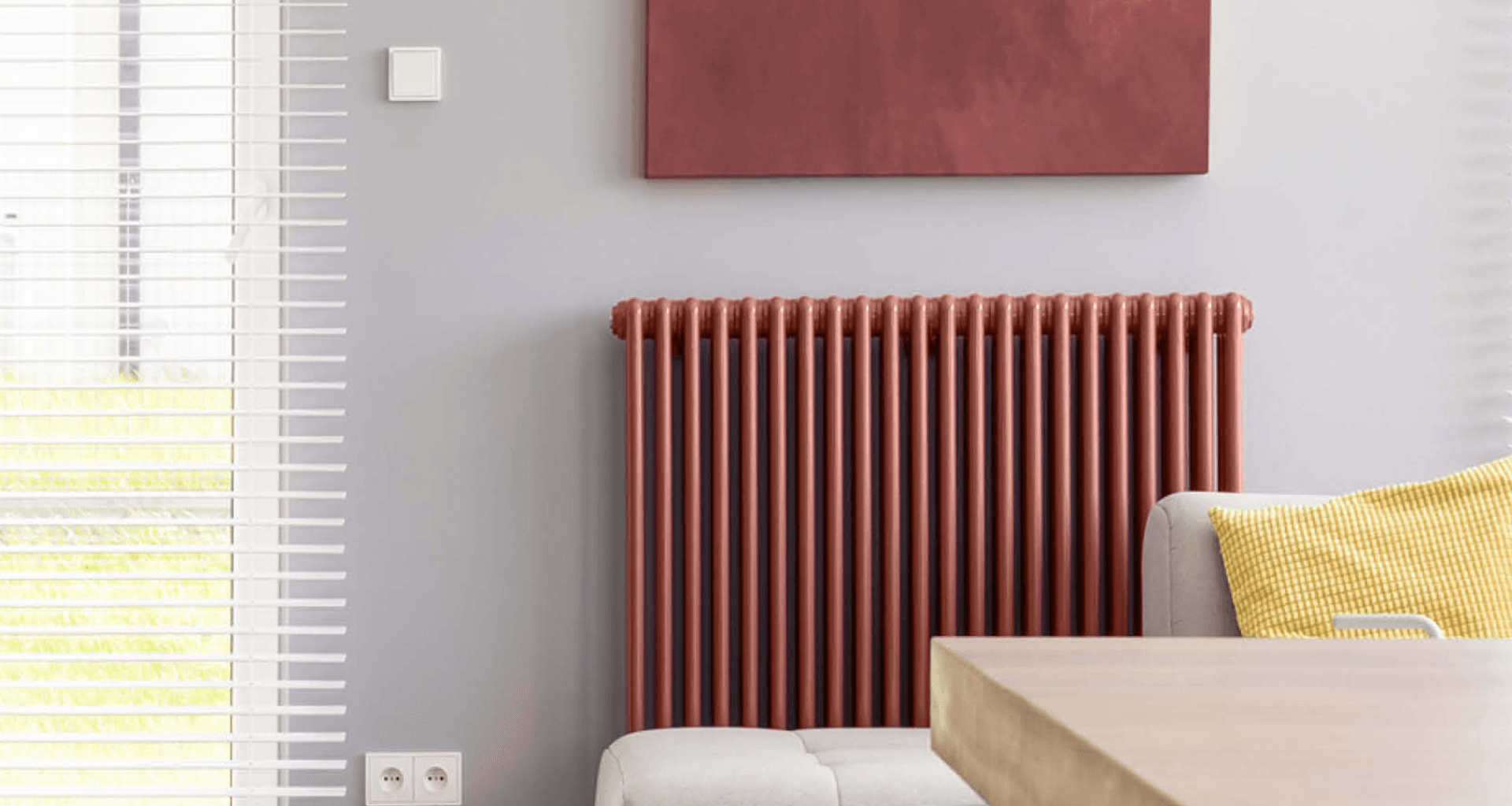
ArchiPro recently sat down with Waterware, a leading distributor of heating solutions, to delve into the transformative idea of incorporating radiators into interior design.
"Radiators don't just deliver heat; they can also be a statement piece in a room," says Steve Gledhill, National Sales Manager at Waterware.
"Traditionally, radiators have been viewed as industrial and bulky, but they have evolved into elegant and customisable elements that can complement any interior."
Gledhill explains, “We encourage clients to display rather than hide the radiators within the room. Whether incorporating Waterware’s new cast-iron or designer range panels or simply wallpapering the wall so the radiator stands out as a feature.”
“This provides vision and inspiration to clients and designers, changing how they think about the radiator in a home's design.”

Designer radiators
Waterware's range of cast iron designer radiators exemplifies this shift in perception. While cast iron radiators have a rich history dating back to the earliest days of heating systems in the United Kingdom, modern versions and colour palettes are available to suit contemporary tastes. Designer radiators not only provide a quality heating function, but can serve as a piece of artwork within a room, adding character and charm to any space they occupy.
"The design inspiration behind our cast iron range draws from the rich heritage of traditional heating systems," Gledhill elaborates. "These radiators evoke a sense of tradition and sophistication, making them ideal for older homes with classic architectural features."
Indeed, cast iron radiators are well-suited to heritage properties, such as Victorian villas or Edwardian townhouses, where they seamlessly blend with period detailing like polished wood floors and decorative cornices.
This range offers intricate castings and ornate finishes to become welcome focal points within a room, enhancing its overall ambience.
“A radiator is like a piece of furniture. They're a permanent part of a room, so why wouldn't you want it to contribute to the aesthetic?” says Gledhill.
Waterware has taken this approach to its designs. The company recognises the importance of individual style and personalisation and demonstrates how various colours and finishes can suit any decor scheme. Whether you prefer a bold statement piece or a subtle accent, there's a radiator to match your vision.
"Our goal is to challenge the notion that radiators should be hidden away," says Gledhill. "Instead, we encourage homeowners to embrace them as integral elements of their interior design. By pairing the right radiator with complementary decor, you can elevate a room's entire look and feel."
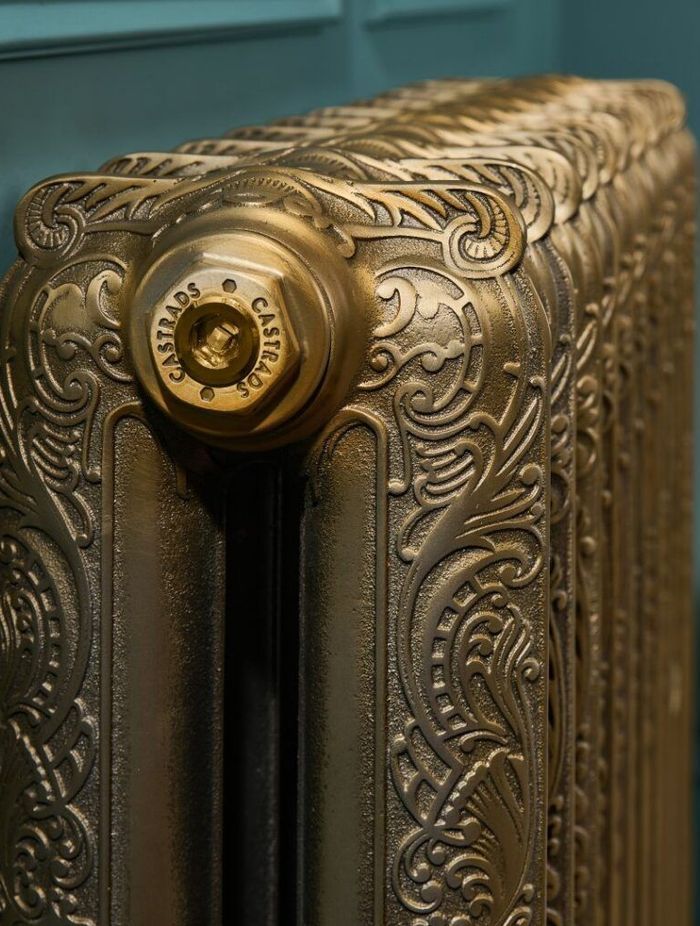

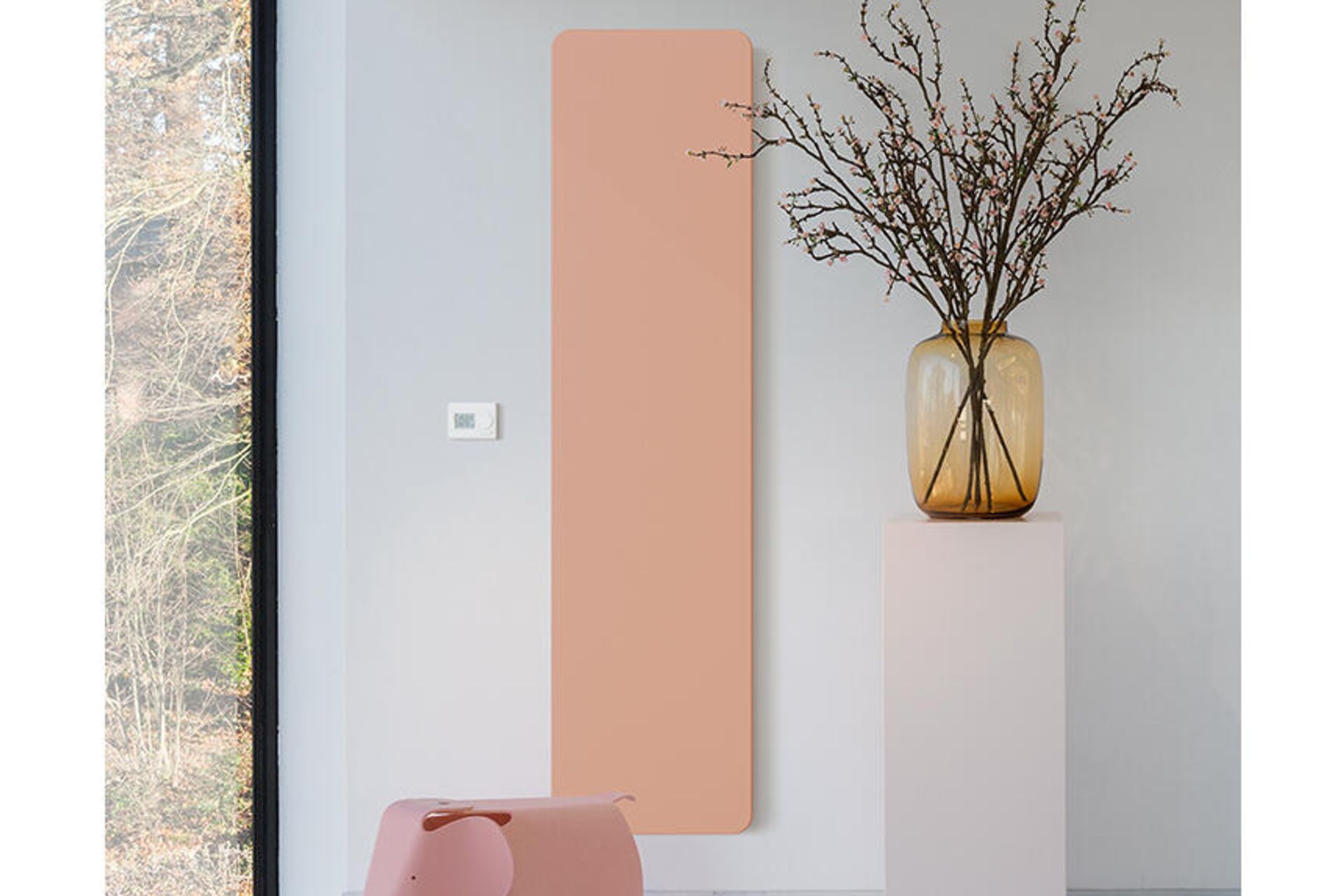
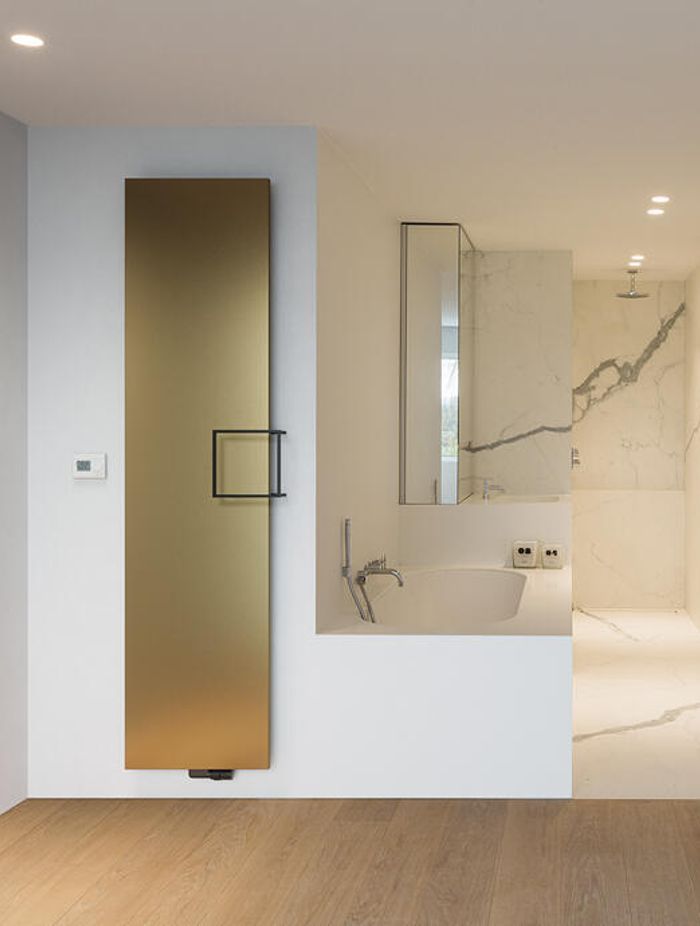
A radiator is like a piece of furniture. They're a permanent part of a room, so why wouldn't you want it to contribute to the aesthetic?
New radiator technology
Waterware emphasises the practical benefits of radiators as a central heating option in New Zealand. Unlike conventional heating systems, which often lack individual temperature control and can result in uneven heating, radiators offer precise heat management for enhanced comfort and energy efficiency.
"Radiators provide directional radiant heat, which creates a cosy and comfortable environment without the need for noisy fans or forced air systems," explains Gledhill. "With individual temperature control in each room, homeowners have greater flexibility and can optimise their energy usage."
Gledhill stresses that radiators are not standalone heaters. They are piped into a closed-loop central heating system. “Electric heaters are the most expensive way to heat your house; a radiator can be heated with any fuel, boilers and now heat pumps.”
In New Zealand, the term ‘heat pump’ is commonly used to refer to reverse-cycle air conditioners. However, Gledhill states this is a misconception as the heat pump is not the device that sits in the living room, blowing hot and cold air. The heat pump is located outside the home and is responsible for collecting the energy required to heat and cool the house.
“Often, clients think they can't use radiators because they don’t have a boiler. However, radiators can now be effectively and efficiently heated using the latest high-temperature heat pump technology. R290 (refrigerant-grade propane) based heat pumps are now here in New Zealand and can heat water to high temperatures at around the third of the cost of direct electrical heating,” says Gledhill.
“This is a massive change to the market, and in New Zealand, Waterware is the only supplier offering a comprehensive range of R290 heat pumps to the market right now.”
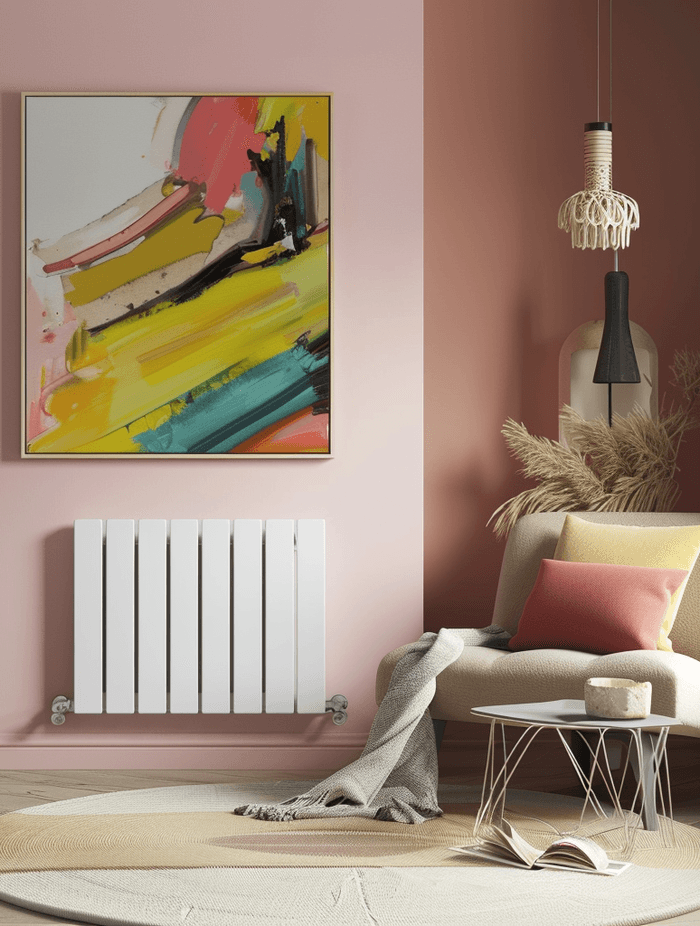

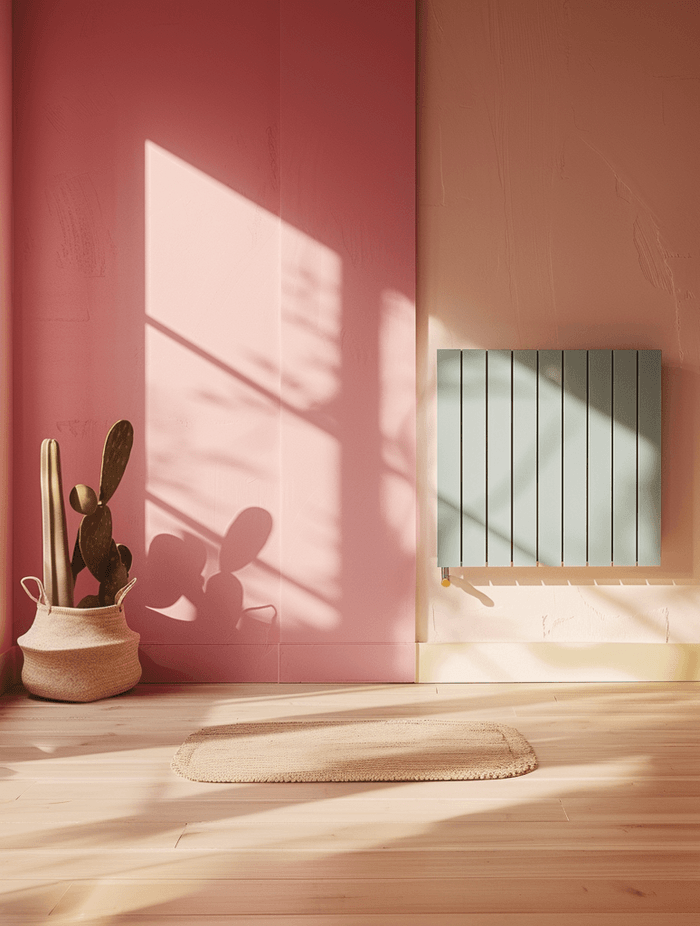

In addition to their aesthetic and functional appeal, Gledhill remarks that radiator systems offer a highly effective heat transfer system. Unlike air-based systems, which can suffer from higher energy losses and temperature fluctuations, radiators maintain consistent warmth throughout a space, minimising energy consumption and maximising comfort.
As Waterware continues to advocate radiators for heating and design, they aim to inspire homeowners and designers to rethink their approach to heating and embrace these often-overlooked fixtures within the home. By marrying form and function, radiators can become integral elements of interior design, adding warmth and style to any space.
View the extensive range of radiators by Waterware on ArchiPro.
